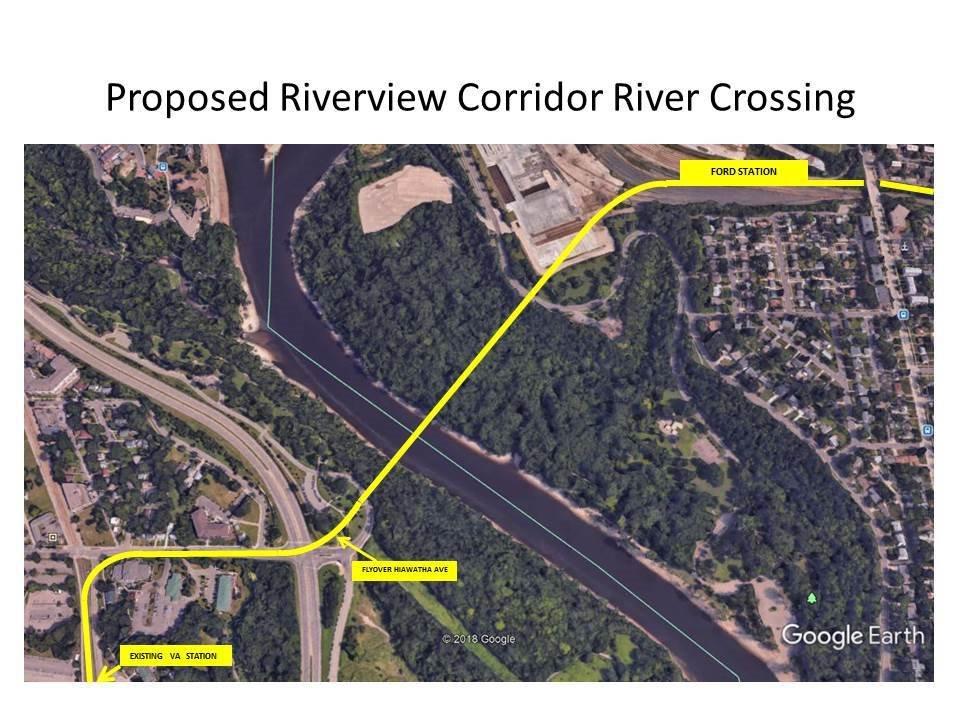Our Neighborhood at High Risk
The Wilder Foundation’s Minnesota Compass research arm has released a report that identifies neighborhoods in Minneapolis and St. Paul at high risk for the virus. Seven different risk factors landed different parts of the cities in red. They are risks the CDC says will make COVID-19 more severe: Asthma, COPD, heart disease, stroke, obesity, diabetes and kidney disease. Besides these underlying health conditions, two other variables have a strong impact: percentage of the population over 60 years of age, and poverty status. The latter encompasses such conditions as chronic unemployment or under-employment, housing affordability; availability of credit. In our neighborhood, median household income falls short of the citywide average, with at least one in four residents living below the poverty level.
This analysis presents us with information that echoes what many in our community have known for a long time: The West Seventh and West End neighborhoods fall into the red zone or highest risk areas for COVID-19 infection.
And a broader perspective also emerges quite starkly when St. Paul is compared to Minneapolis. The St. Paul population with the highest risk factors comprise 27% of the city’s population, while the highest risk numbers in Minneapolis represent 16% of its population. When we see our city calling itself “The most livable city in America,” we really should ask “For whom?”
The comprehensive report was written by Allison Liuzzi, Minnesota Compass Project Director, and Justin Hollis, Research Scientist, and gives more perspective to these results: “What we’re finding is that Minnesota was kind of on shaky ground coming into this pandemic already,” she said, pointing to persistent levels of poverty that itself is a significant factor in one’s vulnerability to the health conditions mentioned above. Low income and lack of health insurance; housing costs as a higher percentage of income; and a general sense of inequity around supports that are essential for living a healthy life, have been made more stark by the COVID pandemic.
The authors touch at the heart of the complex issues:
“The COVID-19 pandemic underscores and exacerbates disparities.
Communities with elevated risk for severe COVID-19 are communities that were already facing challenges related to poverty, employment, and access to transportation. These also tend to be communities with high concentrations of Asian, Black, Hispanic, and Latinx residents. While viruses do not discriminate, in and of themselves, our policies and institutions are not neutral in their outcomes. People living in the highest risk neighborhoods also shoulder a disproportionate share of health care jobs. They are, quite literally, on the front lines of this pandemic. Understanding the distribution of underlying health risk factors can help us identify which areas could benefit from targeted efforts at mitigation and where greater need for health care may emerge. Our findings give an idea of where targeted outreach, education, and community health efforts may be most critical.”
To read the complete report and learn more about efforts by Wilder and others to deal with COVID-19 in the context of all the pre-existing issues that make life so fragile for so many of our neighbors, see mncompass.org/COVID-19/overview.



